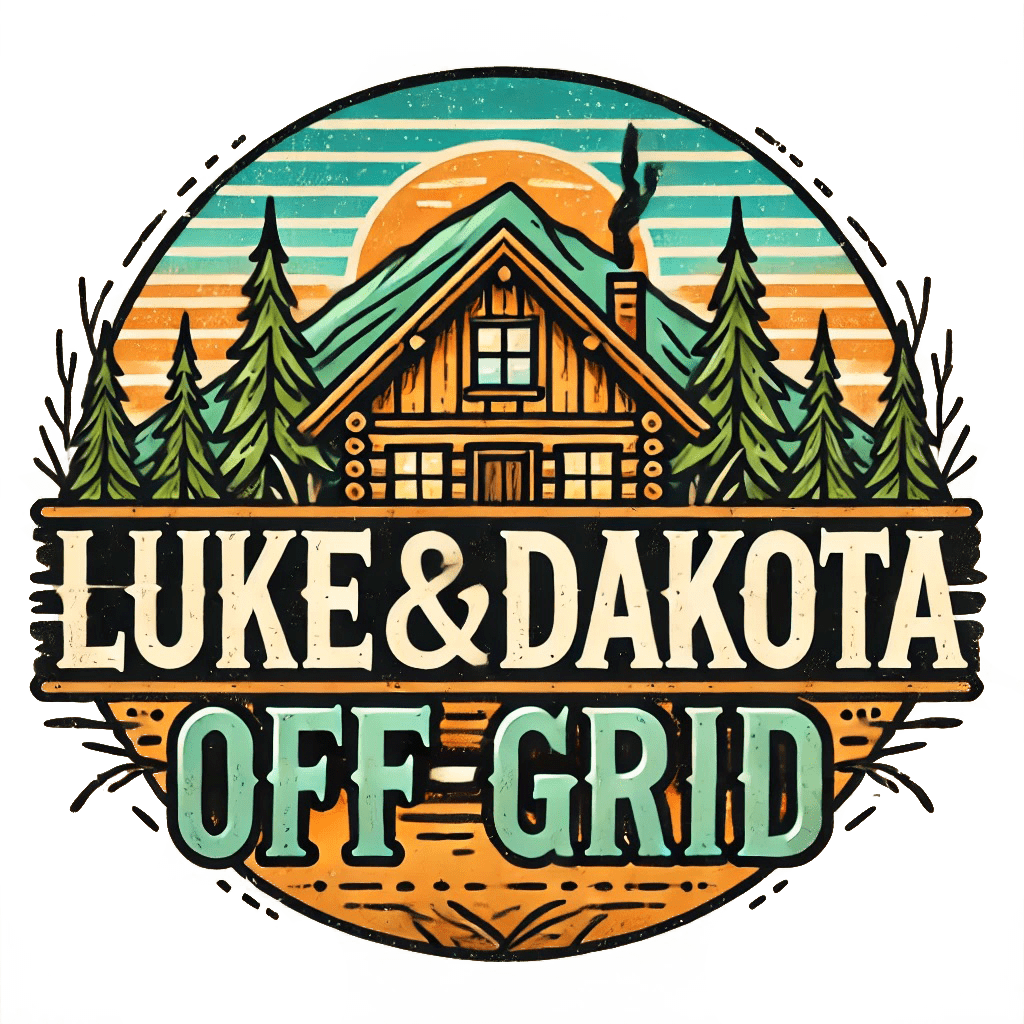Building a greenhouse for year-round off-grid gardening is a fantastic way to grow your food sustainably and independently. This guide will help you design, construct, and optimize a greenhouse that supports your self-sufficient lifestyle while thriving in any season.
Planning Your Greenhouse
Location Selection
The success of your greenhouse begins with choosing the perfect location. Keep the following factors in mind:
- Sunlight: Opt for a south-facing location to maximize exposure to sunlight, essential for heating and plant growth.
- Wind Protection: Use natural barriers like trees or install windbreaks to shield your greenhouse from strong winds.
- Drainage: Ensure the site has proper drainage to prevent waterlogging, which can damage plants and the structure.
Size and Design
Your greenhouse’s size and design depend on your gardening goals:
- Small Greenhouses: Ideal for herbs and compact crops.
- Larger Greenhouses: Accommodate diverse crops and larger plants like tomatoes.
Popular designs include: - Hoop Houses: Cost-effective and simple to build.
- A-Frames: Great for snow resistance in colder climates.
- Geodesic Domes: Energy-efficient and structurally durable.
Materials and Construction
Framework
Your choice of framework affects durability and maintenance:
- Wood: Affordable and natural but requires treatment against rot.
- Aluminum: Lightweight and rust-resistant, though pricier.
- PVC Pipes: A PVC built greenhouse is budget-friendly and easy to work with but less durable in harsh climates.
Glazing Options
The glazing material influences light transmission and heat retention:
- Polycarbonate Panels: Durable, lightweight, and well-insulated.
- Glass: High light transmission but heavy and breakable.
- Polyethylene Film: Inexpensive but needs regular replacement.
Insulation and Energy Efficiency
- Thermal Mass: Incorporate water barrels or stone walls to absorb and release heat gradually.
- Sealing Gaps: Use weatherstripping to minimize heat loss and improve energy efficiency.
Off-Grid Heating and Cooling
Maintaining a stable temperature in your greenhouse is essential for year-round gardening.
Heating
- Passive Heating: Orient the greenhouse to face south and use thermal mass like water barrels or concrete floors to store heat.
- Double Glazing: Adds insulation to retain heat during cold nights.
Cooling
- Natural Ventilation: Install roof and side vents to facilitate airflow.
- Shade Cloths: Reduce excessive sunlight exposure during summer.
- Solar-Powered Fans: Enhance air circulation efficiently without relying on the grid.
Water Systems for Off-Grid Greenhouses
Water is critical for your plants, and off-grid systems can make water management sustainable.
Rainwater Harvesting
Set up a system with gutters to collect rainwater, storing it in barrels or tanks. Filter the water to remove debris before using it for irrigation.
Irrigation Systems
Efficient irrigation methods minimize water waste:
- Drip Irrigation: Delivers water directly to plant roots using gravity-fed or solar-pump systems.
- Self-Watering Beds: Maintain consistent moisture levels with minimal intervention.
Maximizing Year-Round Growing
To make the most of your greenhouse, adopt strategies to ensure consistent crop production.
Crop Selection
- Winter Crops: Spinach, kale, and carrots thrive in colder conditions.
- Summer Crops: Tomatoes, cucumbers, and peppers love the heat.
Succession Planting
Plant crops at staggered intervals to enjoy continuous harvests. Rotate crops to maintain soil health and reduce the risk of pests and diseases.
Sustainable Practices
Embrace sustainable techniques to improve the efficiency of your greenhouse.
Composting
- DIY Composting: Use kitchen scraps and garden waste to enrich your soil naturally.
- Vermiculture: Introduce worms to speed up decomposition and enhance compost quality.
Natural Pest Control
Natural pest control not only keeps harmful insects at bay but also promotes a balanced ecosystem within your garden or greenhouse.
- Companion Planting: Grow pest-deterring plants like marigolds alongside your crops.
- Beneficial Insects: Attract ladybugs and bees to control pests naturally and improve pollination.
Off-Grid Technology for Greenhouses
Leverage modern technology to optimize your off-grid greenhouse.
Solar Power
Install solar panels to power fans, pumps, and lights. Use battery storage to ensure a steady energy supply during cloudy days or nighttime.
Monitoring Systems
- Temperature and Humidity Sensors: Track conditions inside the greenhouse.
- Automated Systems: Solar-powered devices can control ventilation and watering, making your greenhouse more efficient.
Budget and DIY Considerations
Building an off-grid greenhouse doesn’t have to be expensive.
- Repurpose Materials: Use old windows, doors, and salvaged wood for a cost-effective build.
- DIY Kits vs. Prefab Kits: While prefab kits offer convenience, DIY construction allows for customization and cost savings.
Start Your Off-Grid Greenhouse Journey
Building a greenhouse for year-round off-grid gardening empowers you to grow your food sustainably and live independently. By planning carefully, using the right materials, utilizing your off-grid skills, and incorporating sustainable practices, you can create a productive space that thrives in any season.
Ready to start? Dive deeper into more tips and resources at Luke & Dakota Off Grid to begin your journey today!

